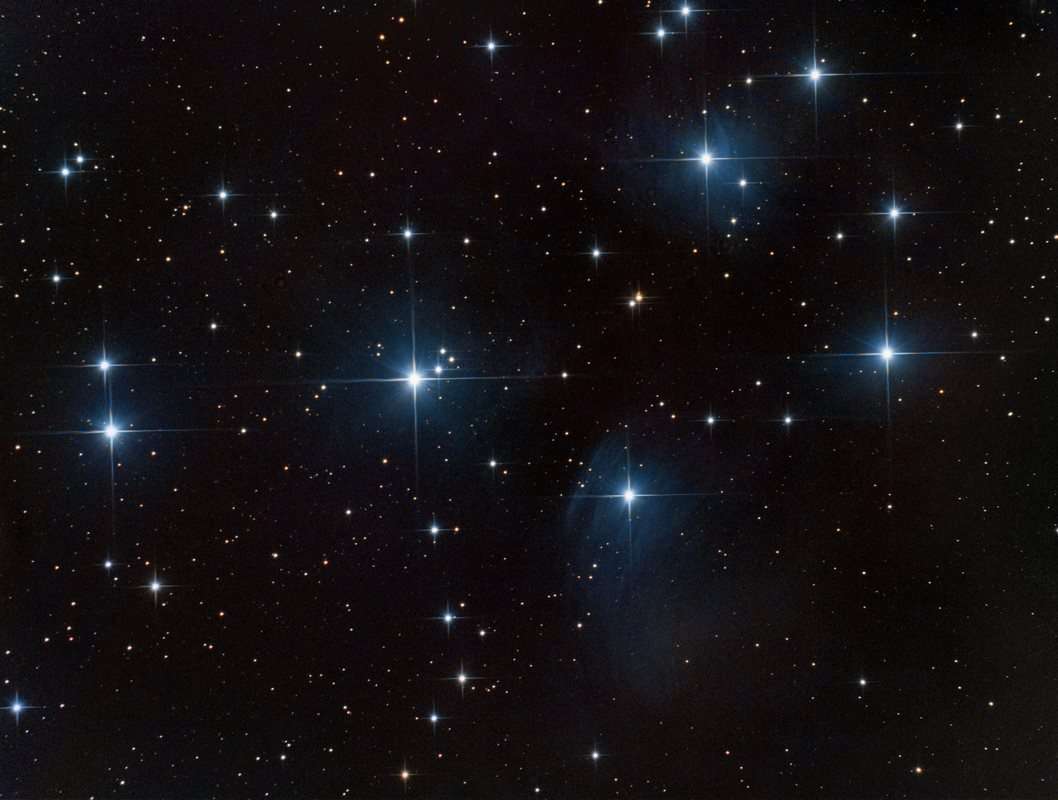Here Are the Top Childhood Dinner Table Rules That Parents Now Love to Break
Adults have ditched the dinner time rules they were taught as kids—opting for eating on the couch, having dessert for dinner, and not eating their veggies.

This month's night sky will feature two wonderful celestial phenomena appearing in the sky together under a very small moon—leaving nearly nothing to dampen their splendor.
The Pleiades is one of the most regal star clusters visible from Earth with the naked eye, and a source of endless fascination among our ancient ancestors.
The Pleiades has many names: the Seven Sisters, Messier 45, or Mul Mul in ancient Mesopotamia, where it was found inlaid of gold on the Nebra Sun Disk from 1,600 BCE.
It is arguably the most famous deep-space object, located about 440 light-years away in the constellation Taurus and consisting of thousands of stars, though 7 stand out in particular.
Around midnight on November 18th, the Pleiades will be in a great spot for viewing—overhead towards the equator. Depending on the light pollution in your area, you won't need a pair of binoculars, but with them, the Seven Sisters are truly stunning to behold.
It's also on that night that Earth will pass the peak of the Leonid Meteor Shower, named for the constellation Leo. Leo will be lounging in the northeastern sky for most people, according to Valerie at Space Tourism Guide, and if you can spot the Big Dipper/Plough, you're in the right part of the sky to spot some shooting stars.
There should be around 15 per hour—a good clip for what should be a pretty cold night. Ideal for this situation, the moon will be only 6 days old.
In other stargazing news, on November 2nd (tonight) Jupiter will be in perfect opposition to the Sun from the Earth's perspective, meaning it will be lit up and visible in detail for those with telescopes and binoculars.
On the night of November 12th, the Taurid Meteor Stream will peak at around 10 meteors per hour under the complete darkness of a New Moon—optimal time for some star photography.
On November 27th, a full "Frost" or "Beaver" moon will reach opposition at 4:16 a.m. US Eastern Time. The Anishinaabe People of the Northern US/Canada called this "Little Spirit Moon" and was recognized as a time of healing.
SHARE These Great Opportunities To Go Outdoors For Some Stargazing…
Be the first to comment